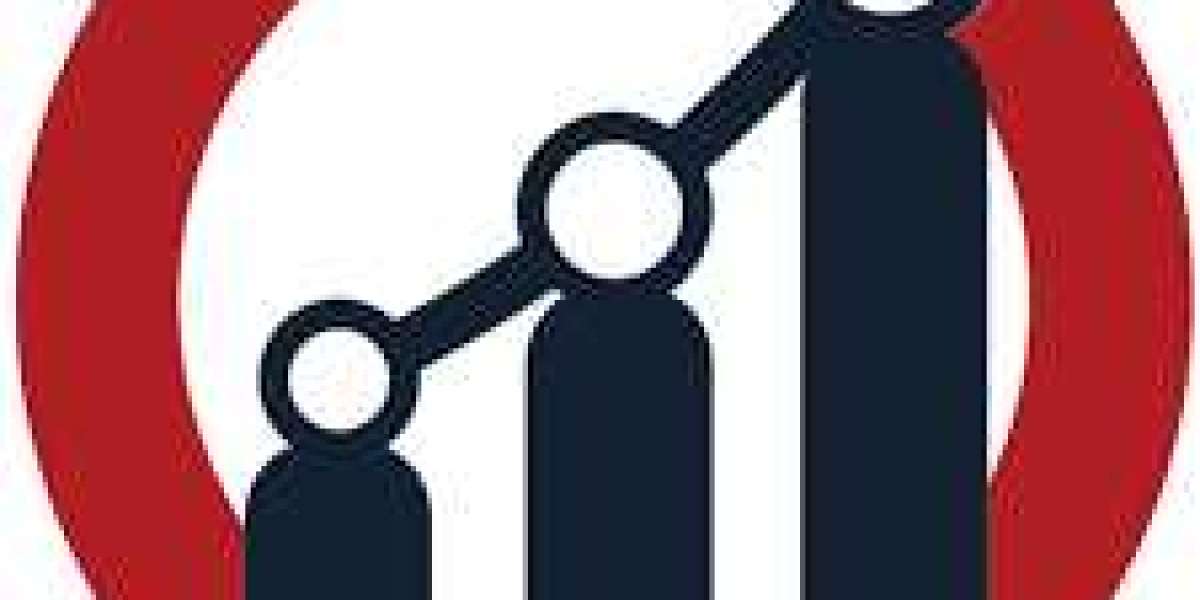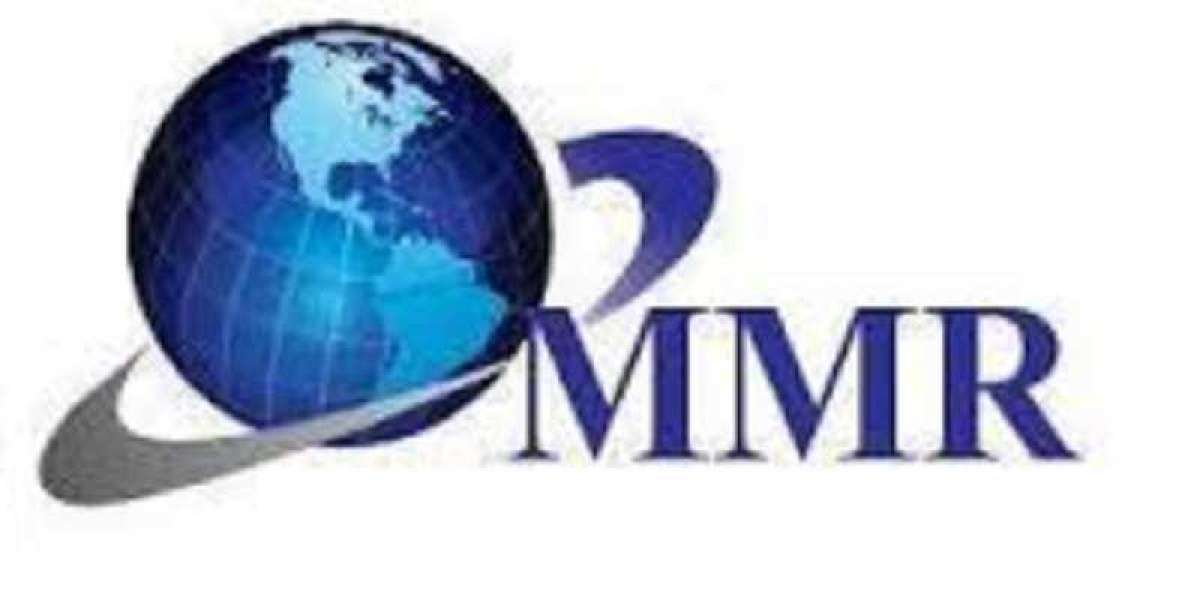The U.S. specialty gas market is a vital segment within the broader industrial gases industry, characterized by high purity and tailored specifications to meet the unique demands of various applications. Specialty gases are distinct from commodity gases like nitrogen, oxygen, and argon due to their higher levels of purity and specific applications in industries ranging from electronics and healthcare to manufacturing and research.
Market Overview
The U.S. specialty gas market is driven by several key factors, including technological advancements, growing industrial applications, and stringent regulatory requirements. As of the latest data, the market has been experiencing steady growth, with projections indicating a continued upward trajectory. This growth is fueled by the increasing demand for high-purity gases in advanced manufacturing processes and the burgeoning electronics sector.
Key Segments and Applications
- Electronics and Semiconductors: One of the primary drivers of the specialty gas market is the electronics and semiconductor industry. Specialty gases like nitrogen trifluoride (NF3), silane (SiH4), and tungsten hexafluoride (WF6) are crucial in the production of microchips and other semiconductor devices. The push for smaller, more powerful electronics has led to increased demand for these high-purity gases.
- Healthcare and Pharmaceuticals: In the healthcare sector, specialty gases are used in medical imaging, anesthesia, and respiratory therapy. Gases like xenon, helium, and nitrous oxide are indispensable in various medical applications. The pharmaceutical industry also relies on specialty gases for research and development, quality control, and production processes.
- Manufacturing and Processing: Specialty gases play a critical role in manufacturing processes, including metal fabrication, chemical production, and food processing. For instance, carbon dioxide is used in food packaging to extend shelf life, while hydrogen is essential in hydrogenation processes in chemical manufacturing.
- Environmental and Analytical: Specialty gases are employed in environmental monitoring and analytical applications. High-purity gases are used as calibration standards for environmental testing and in laboratory analyses to ensure accurate and reliable results.
Market Dynamics
Several dynamics influence the U.S. specialty gas market:
- Technological Advancements: Ongoing research and development in the field of specialty gases have led to the creation of gases with higher purity levels and better performance characteristics. Innovations in gas production and handling technologies have also contributed to market growth.
- Regulatory Environment: Stringent regulations regarding emissions, environmental protection, and workplace safety drive the demand for high-quality specialty gases. Compliance with these regulations necessitates the use of specialty gases in various industrial processes.
- Economic Factors: Economic growth and industrial expansion contribute to increased demand for specialty gases. The rise in manufacturing activities and technological advancements in key industries such as electronics and healthcare are pivotal to the market's growth.
MRFR recognizes the following companies as the key players in the global- US Specialty Gas Companies
The Linde Group (Germany)
Air Liquide (France)
Southern Industrial Gas Sdn Bhd (Malaysia)
Air Products and Chemicals Inc. (U.S.)
Praxair Technology, Inc. (U.S.)
Showa Denko K.K. (Japan)
Messer Group Gmbh (Germany)
Mitsui Chemicals Inc. (Japan)
TAIYO NIPPON SANSO CORPORATION (Japan)
Future Outlook
The future of the U.S. specialty gas market looks promising, with continued growth expected across various sectors. The increasing emphasis on sustainability and green technologies is likely to drive demand for specialty gases used in renewable energy applications, such as hydrogen fuel cells. Additionally, advancements in healthcare and electronics will further propel the market.
In conclusion, the U.S. specialty gas market is a dynamic and essential component of the industrial gases sector, with significant growth potential driven by technological advancements, regulatory requirements, and expanding industrial applications.
About Market Research Future:
At Market Research Future (MRFR), we enable our customers to unravel the complexity of various industries through our Cooked Research Report (CRR), Half-Cooked Research Reports (HCRR), Consulting Services. MRFR team have supreme objective to provide the optimum quality market research and intelligence services to our clients.
Contact us:
Market Research Future (part of Wantstats Research and Media Private Limited),
99 Hudson Street, 5Th Floor,
New York, New York 10013
United States of America
+1 628 258 0071








